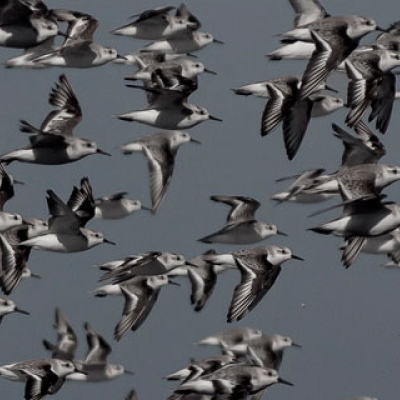By Dominick A. DellaSala / On February 2nd, 2011
The next time you turn on the tap, chances are the water came from a local National Forest. National Forests provide drinking water for about 60 million Americans nationwide and about 15 percent of the nation’s freshwater runoff. This clean water is worth an estimated net value of $27 billion annually. And the cleanest of this water comes from watersheds free of roads and development.




